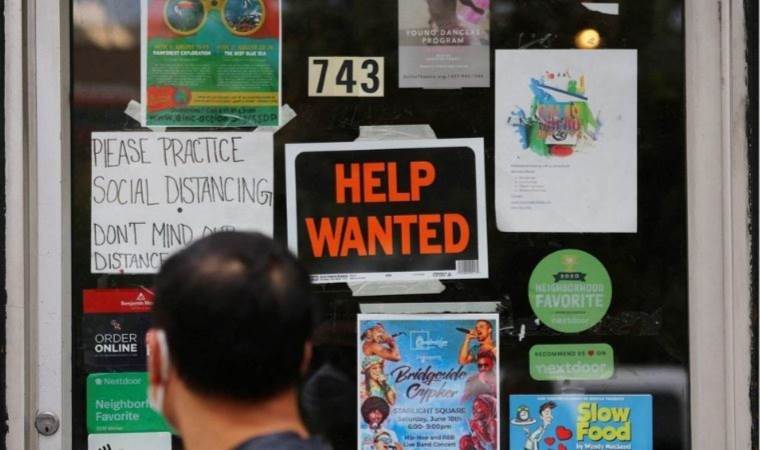US employment, wage growth expected to moderate in June
U.S. job growth likely slowed to a still-healthy pace in June, with the unemployment rate holding steady at 4%, increasing the chances that the Federal Reserve will be able to tame inflation without tipping the economy into recession.

WASHINGTON, July 5 (Reuters) - The Labor Department's closely watched employment report on Friday is also expected to show annual wage growth rising at its slowest rate in three years. When added to the moderation in prices in May, the report would confirm that the disinflationary trend was back on track after inflation surged in the first quarter.
It also could boost Fed policymakers' confidence in the inflation outlook and push the U.S. central bank a step closer to start cutting rates later this year.
Financial markets remain optimistic the Fed could start its easing cycle in September after aggressively tightening monetary policy in 2022 and 2023. Fed Chair Jerome Powell said this week that the economy was back on a "disinflationary path," but stressed policymakers needed more data before cutting rates.
"The economy is moving into a reasonable and sustainable, pace of employment growth," said Brian Bethune, an economics professor at Boston College. "There's no evidence of any sudden decline, nothing that would suggest we're suddenly going to tip over. We're still basically tracking a 'soft landing.'"
Nonfarm payrolls likely increased by 190,000 jobs last month after surging by 272,000 in May, according to a Reuters survey of economists. Employment gains have averaged about 230,000 jobs per month over the past 12 months.
Economists say the economy needs to create at least 150,000 jobs per month to keep up with growth in the working-age population, accounting for the recent surge in immigration.
The jobless rate rose to 4.0% in May for the first time since January 2022, boosted by volatile youth unemployment. Some economists expected it to drop back to 3.9% in June.
A lagging measure of employment, the Quarterly Census of Employment and Wages (QCEW), has suggested a much slower pace of job growth through the fourth quarter of 2023 than that of the payrolls data. The QCEW data is derived from reports by employers to the state unemployment insurance (UI) programs.
Most Read News
-
 China integrates AI into undergraduate studies
China integrates AI into undergraduate studies
-
 South Korea, US to hold trade talks this week
South Korea, US to hold trade talks this week
-
 Germany cuts economic growth forecast to stagnation for
Germany cuts economic growth forecast to stagnation for
-
 6.3 magnitude earthquake strikes off Indonesia’s Talaud
6.3 magnitude earthquake strikes off Indonesia’s Talaud
-
 Kremlin says Putin open to talks on civilian strikes mor
Kremlin says Putin open to talks on civilian strikes mor
-
 South Korean military holds live-fire drills near inter-
South Korean military holds live-fire drills near inter-
-
 Wife of former US Senator Menendez found guilty in bribe
Wife of former US Senator Menendez found guilty in bribe
-
 Harvard University sues Trump administration over fundin
Harvard University sues Trump administration over fundin
-
 Zelenskyy demands Russian clarity over strikes on civili
Zelenskyy demands Russian clarity over strikes on civili
-
 Pope Francis' funeral to take place on April 26, Vatican
Pope Francis' funeral to take place on April 26, Vatican













